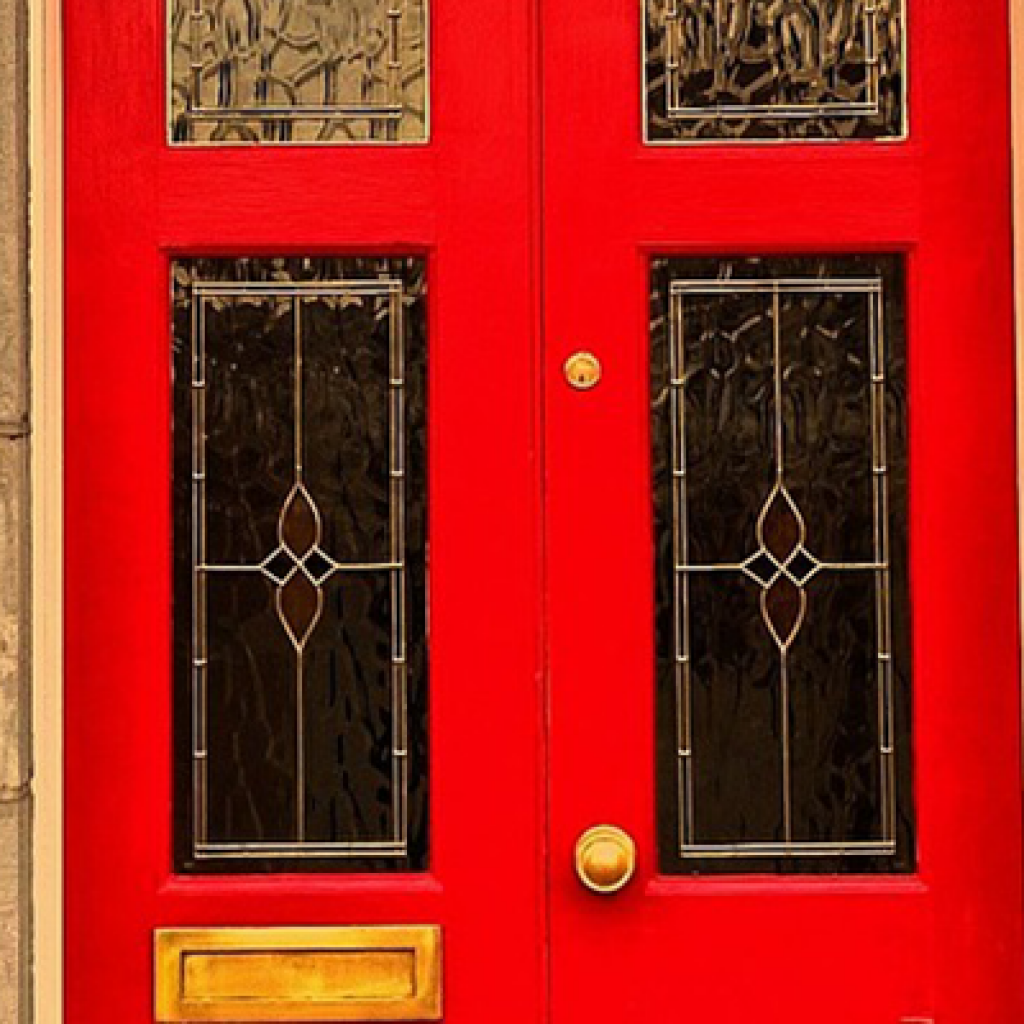Green belt “an area of open land around a city, on which building is restricted”1 in the broadest of terms.
The concept of Green Belt was initially suggested in the 19th century, with the first Green Belt land being designated in London and Sheffield in the late 1930s. 2014 government statistics combined with GroundSure’s Green Belt data estimates that Green Belt land covers approximately 1.6 million hectares or nearly 13% of the land area of England2, providing a “breath of fresh air” for the 30 million people (60% of the population) in the towns and cities surrounding the Green Belt.
The fundamental purpose of Green Belt is to prevent urban sprawl by keeping land permanently open, hence why the majority of Green Belt land is located on the ‘urban fringe’ or the edge of conurbations and extends deeper into the countryside.
However, in a number of cases, Green Belt land forms a wedge of undeveloped land linking the urban fringe to more inner city areas, as is seen in places such as Manchester and the West Midlands. Development within the Green Belt is strictly controlled through planning policies. The National Planning Policy Framework (NPPF) sets out the government’s planning policies for England and Wales, with a presumption in favour of sustainable development by encouraging the effective re-use of land that has previously been developed and placing an emphasis on the construction of new buildings in the Green Belt as “inappropriate” development.
Primarily Green Belt serves five purposes:
- To check the unrestricted sprawl of large built-up areas;
- To prevent neighbouring towns merging into one another;
- To assist in safeguarding the countryside from encroachment;
- To preserve the setting and special character of historic towns; and
- To assist in urban regeneration, by encouraging the recycling of derelict land (brownfield land) and other urban land.3
In essence, Green Belt offers a number of benefits for both urban and rural populations. By preventing urban sprawl, it helps protect agricultural activities and preserves the unique characteristics of rural communities by contributing to the healthy ecosystems that underpin many natural processes, whilst providing access to open space for urban populations. Without the Green Belt designation, large proportions of land would have been lost to development.
GroundSure’s suite of residential and commercial reports now contain Green Belt data as standard. For further information please contact GroundSure on 08444 159000 or info@groundsure.com.
References
1 Oxford Dictionaries. Available from: http://www.oxforddictionaries.com/us/definition/american_english/green-belt
2 Natural England and the Campaign to Protect Rural England (2010) Green Belts: a greener future. Available from: http://publications.naturalengland.org.uk/search?q=green+belt&num=100
3 Department for Communities & Local Government (n.d.) Protecting Green Belt land. [Online] Department for Communities & Local Government. Available from: http://planningguidance.planningportal.gov.uk/blog/policy/achieving-sustainable-development/delivering-sustainable-development/9-protecting-green-belt-land/ [Accessed 21/01/2015]




















